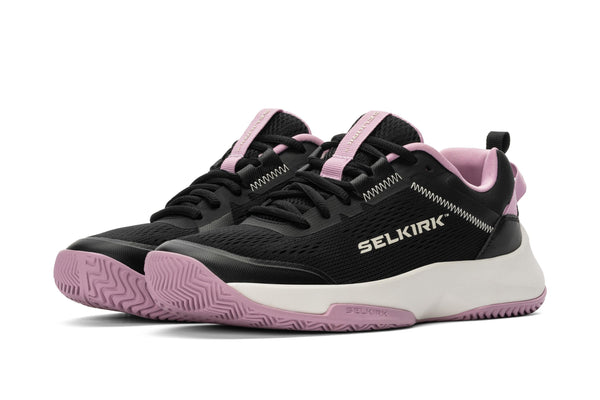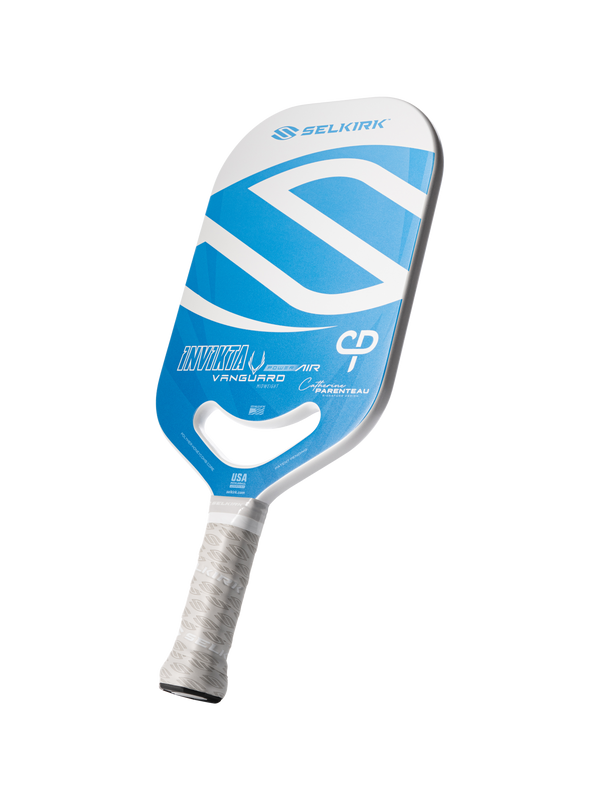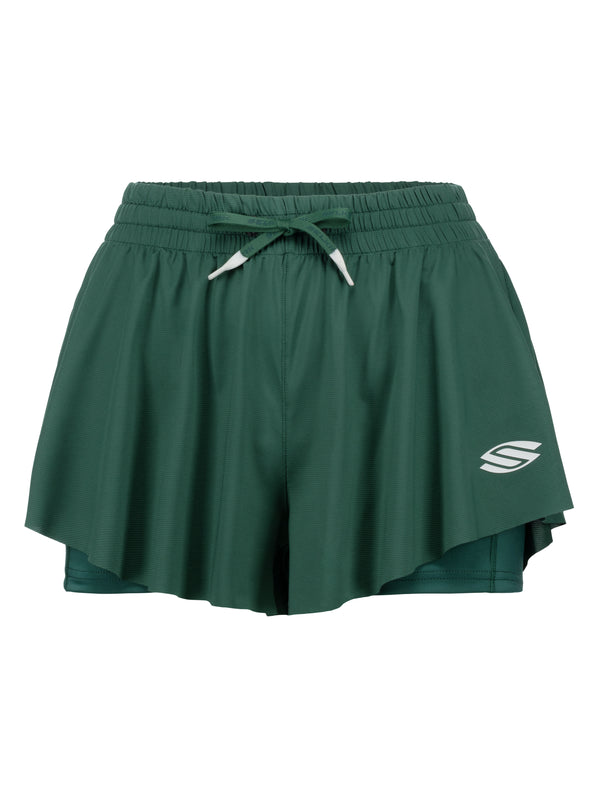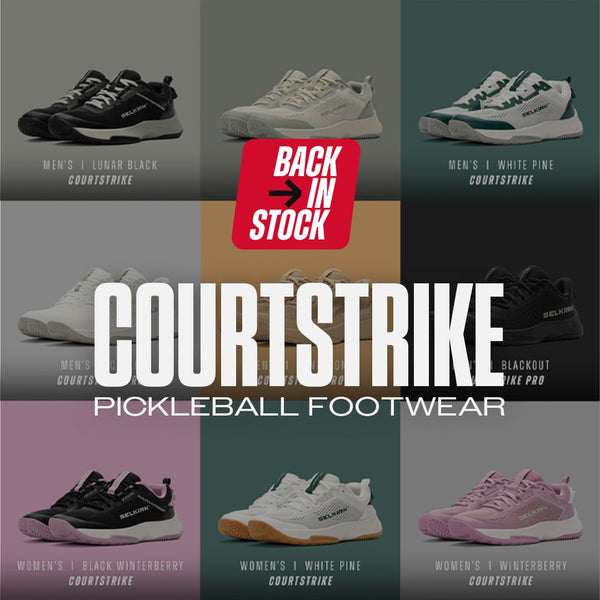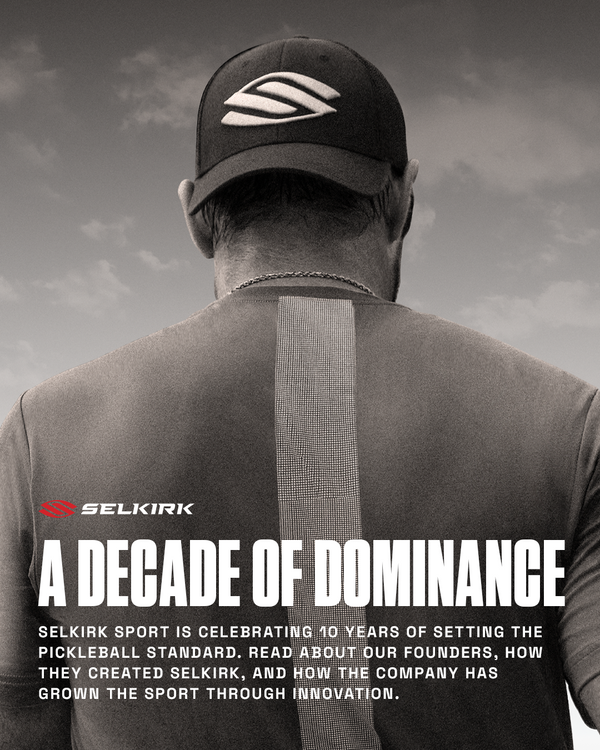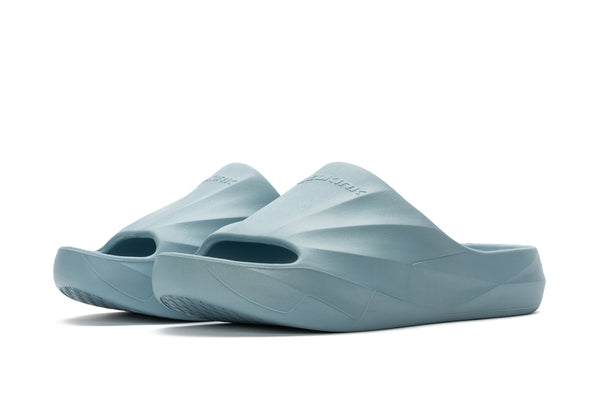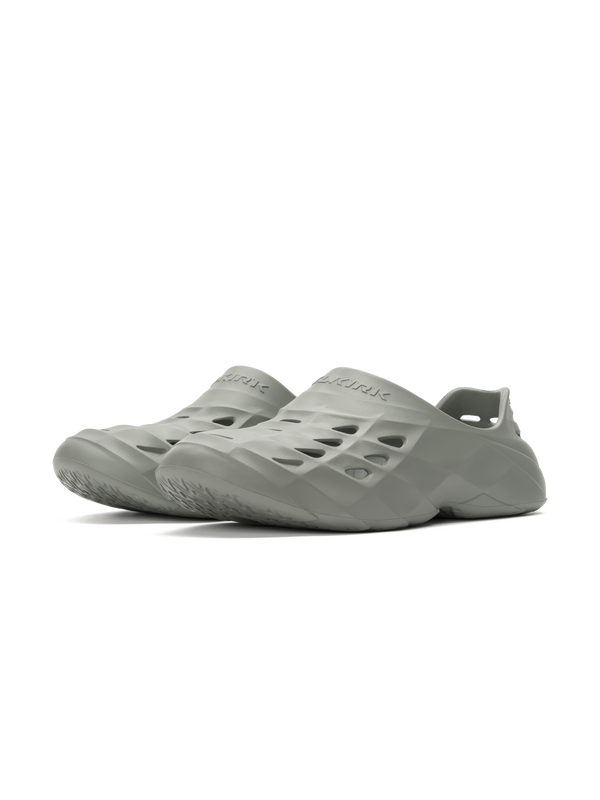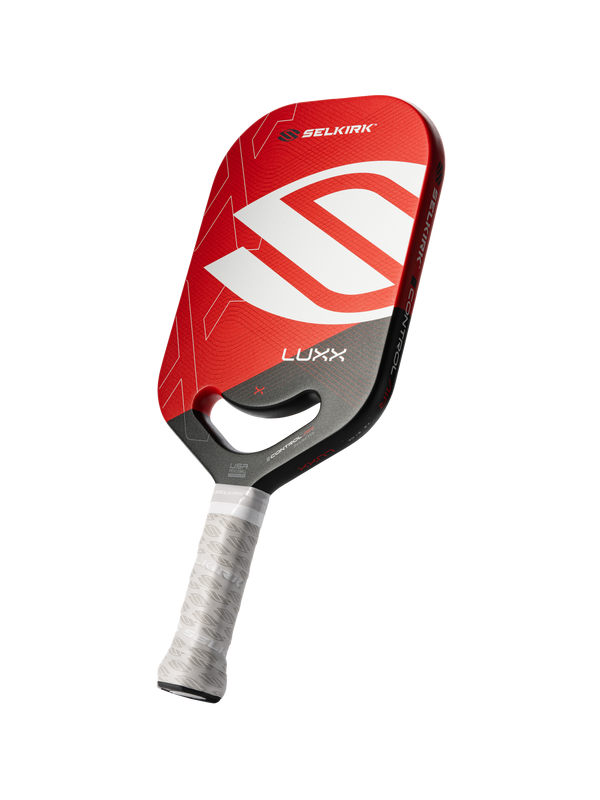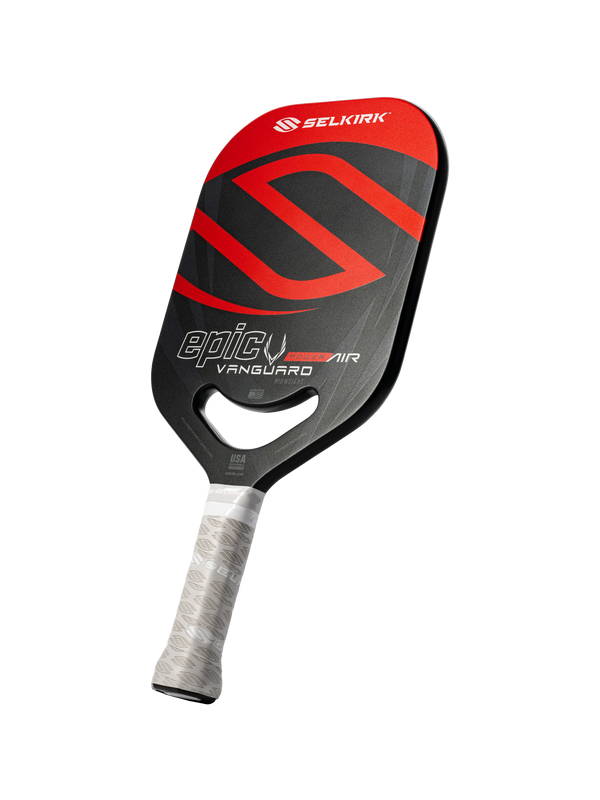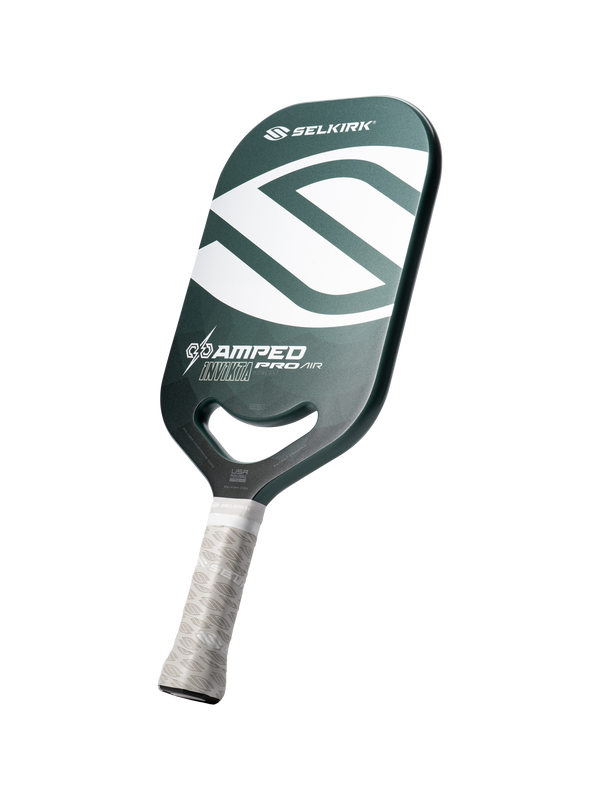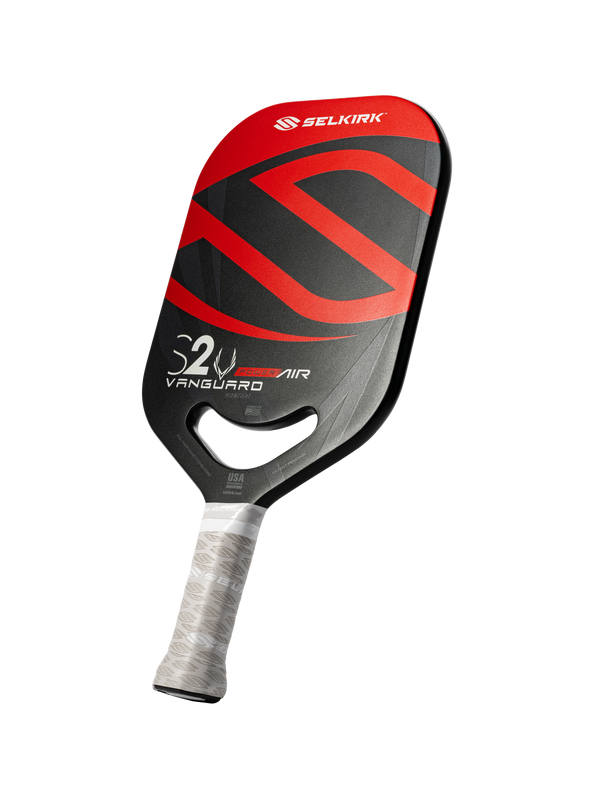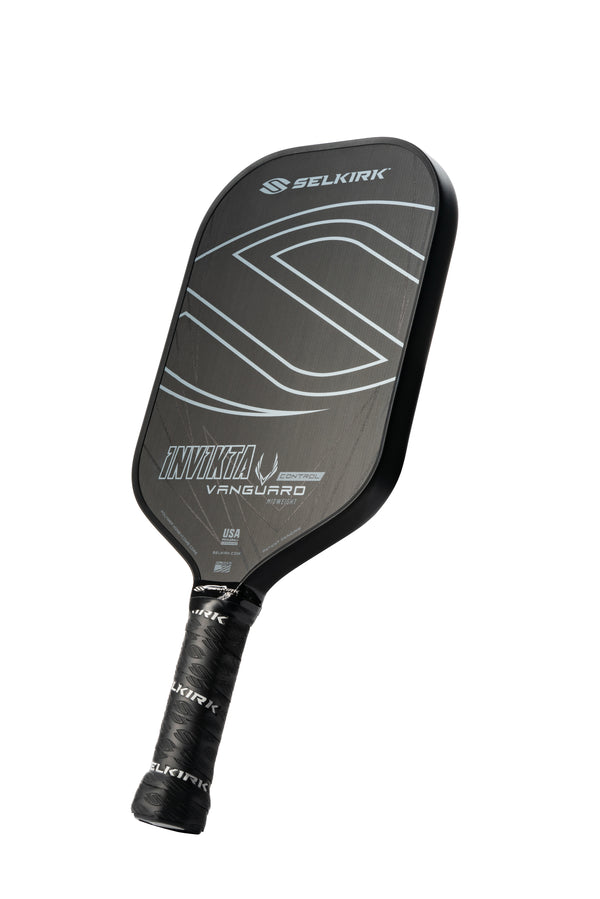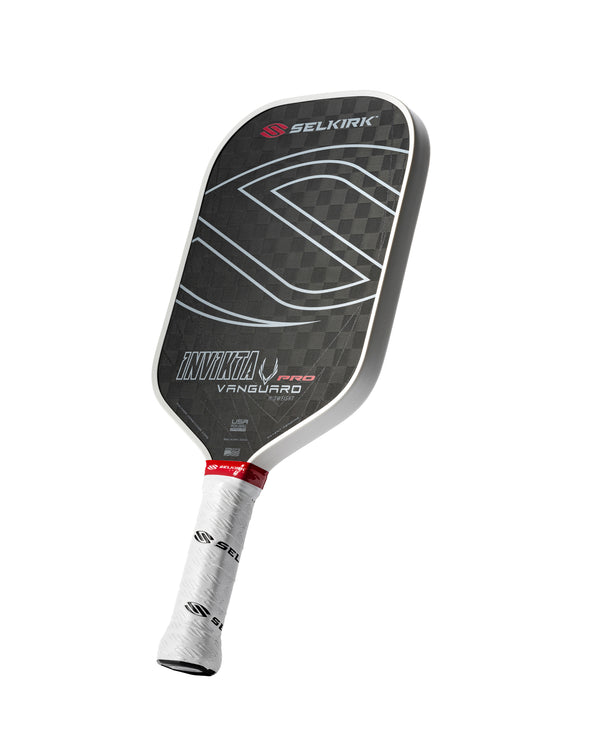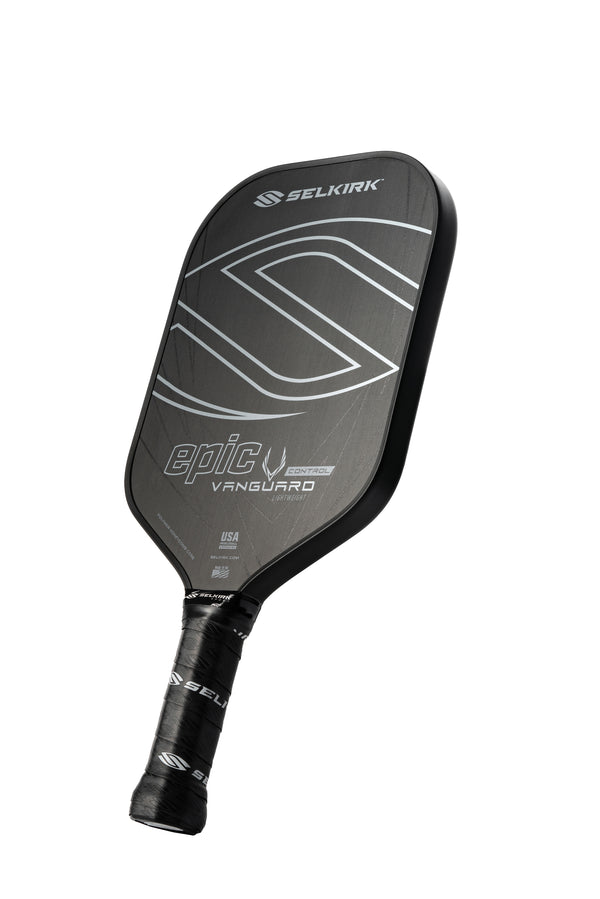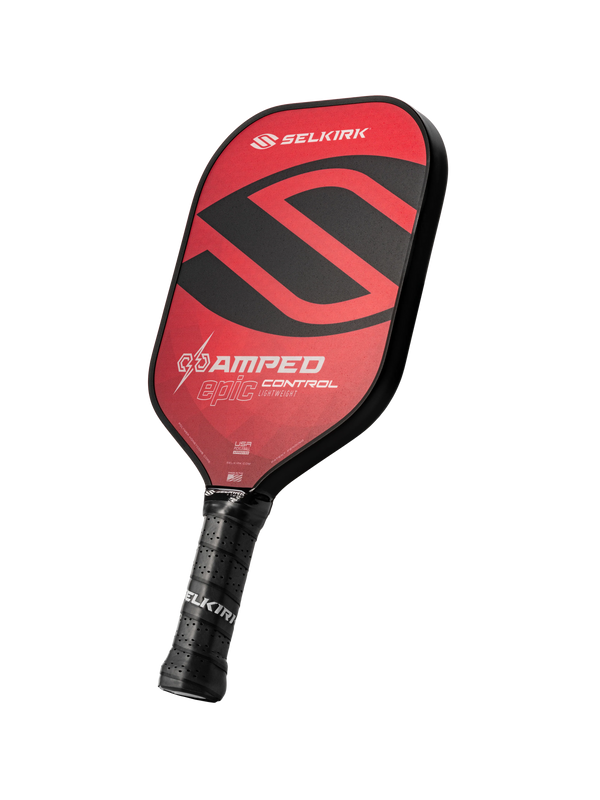Q: What's the best way to improve backhand dinks for a player with great two-handed backhand drives? The wide backhand dink is the one dink that I struggle to hit with consistency.
- Sandy
Hi Sandy, You're asking the right question at the perfect time. The pickleball two-handed backhand is enjoying a surge of popularity, and citizens of the famed "Twoey Nation" are gracing podiums around the globe. Here are a few things to consider to help with your quest to master this emerging shot.
Location, location, location
The two-handed backhand is a great tool for a variety of use cases, but it’s not a jack-of-all-trades in the backhand dink department. Imagine a semicircle in front of you when standing in a nice, wide athletic stance up at the kitchen line. The 12 o’clock direction is the center of your semicircle, and it narrows as it reaches either side of your stance. If a ball arrives within this bubble, then the two-handed backhand is certainly a viable option. If, however, the incoming dink is particularly wide, or you just weren’t able to get into the perfect position, then I'm sorry to say that your hopes and dreams of two-handed topspin glory are off the table.
Good ol' single-hander to the rescue! Many people try desperately to use the two-handed backhand dink far too often. Awkward contact leads to dinks that more closely resemble lobs, and soon players are led to believe that their technique is terrible, the grip pressure is way off, or their paddle face is too open or closed. Chances are, this is not the case; it’s simply a round peg being shoved into a square hole.
The long-term solution to get more dinks suitable for the two-hander is to improve your speed and agility, allowing you to spring into position for contact points within your bubble more reliably. The alternative is to shift your default position — your "home base" — closer to your sideline when engaged in a crosscourt dink exchange. This approach does come with a higher degree of risk, however, as the middle may indeed be more attackable.
Technique adjustments
Given your two-handed backhand drive proficiency, your timing when delivering power isn’t an issue. In the game of golf, both a drive and a putt are hit with both hands on the club, but the similarities stop there. While the book on two-handed backhand dinks hasn’t quite been written yet, there are a few universally known suggestions to consider the next time you drill.
Your knees and your hips aren’t going to thank you anytime soon, but they will be getting a workout. One of the keys to a high-quality two-handed dink lies in which levers you are primarily calling on. Unless you get low enough early in the receiving phase of the shot, you will be relying on the smallest levers — the wrists — to do most of the heavy lifting.
Spoiler alert: you're not getting as low as you think you are, and how low you think you're getting probably still isn’t low enough.
As you reach your optimal contact point destination within your bubble, compress your body as much as possible with both a deep hip hinge and knee bend. For a visual reference, take a look at James Ignatowich. You should immediately notice that the control of the shot feels much easier. This is in part because your eyeline is much closer to the contact point, but also because you will now be able to pass the workload up the lever food chain to the elbows while keeping the wrists more steady. Now, the controlled driving of the legs and use of both shoulders and elbows will be the driving force behind the shot, giving you much greater control of its power, height, direction, and spin.
Compact your backswing significantly
This is one of the classic mistakes that players make, and it goes back to the golf analogy. Your dinks are like your putts, not simply smaller versions of your drives. Keeping your backswing length minimal is both a great way to avoid overpowering the shot and the key to getting clean contact around the pickleball paddle's sweet spot. Ever tried to hammer in a nail with one long swing? I’ll meet you at the ER if so. The ball is a moving nail, and it only needs a small tap to make it go a short distance.
One of the more curious technique changes that helped me in my quest to make the two-handed backhand a staple is to commit to a follow-through that gets the paddle to touch my right shoulder (I'm right-handed). By concentrating on this, the speed of my stroke, the backswing length, and the spin vs. power ratio all found a harmony — because if they didn't, the ball would sail. It's like starting with the answer and letting all the pieces of the puzzle fall into place along the way. After all, if it looks like a good shot, chances are it will be a good shot.
2-handed backhand drilling
There’s one last thing you should probably do to master the two-handed backhand:
DRILL!
Shocking, I know, but it’s more important for this shot than perhaps any other. Don’t just blindly practice the shot; video yourself along the way. Make adjustments and don’t stop until something starts to click. This is one of those shots that, when you fit the pieces of the puzzle together just right, oh, it feels good! You've got this, Sandy! Good luck and let me know how it goes.
- Morgan Evans



